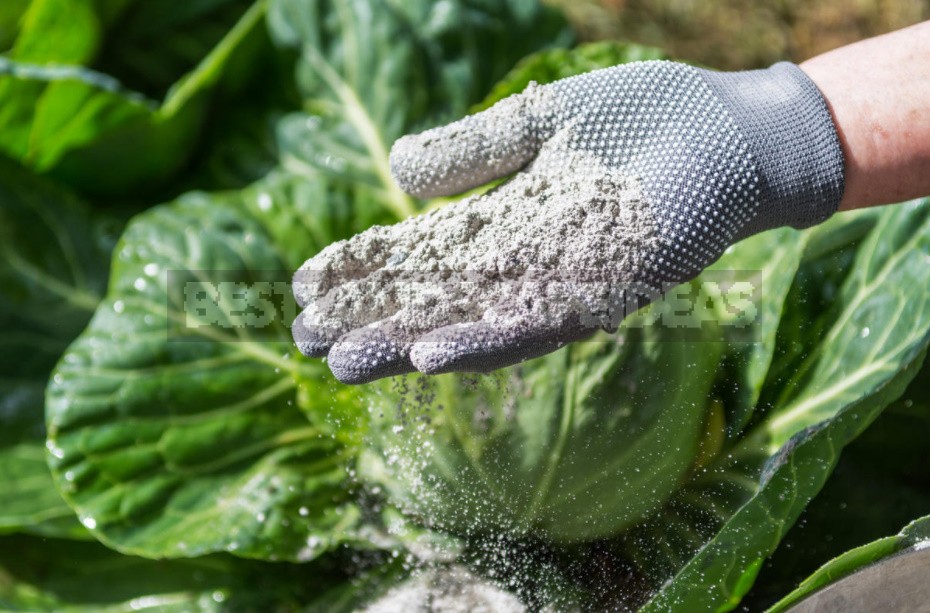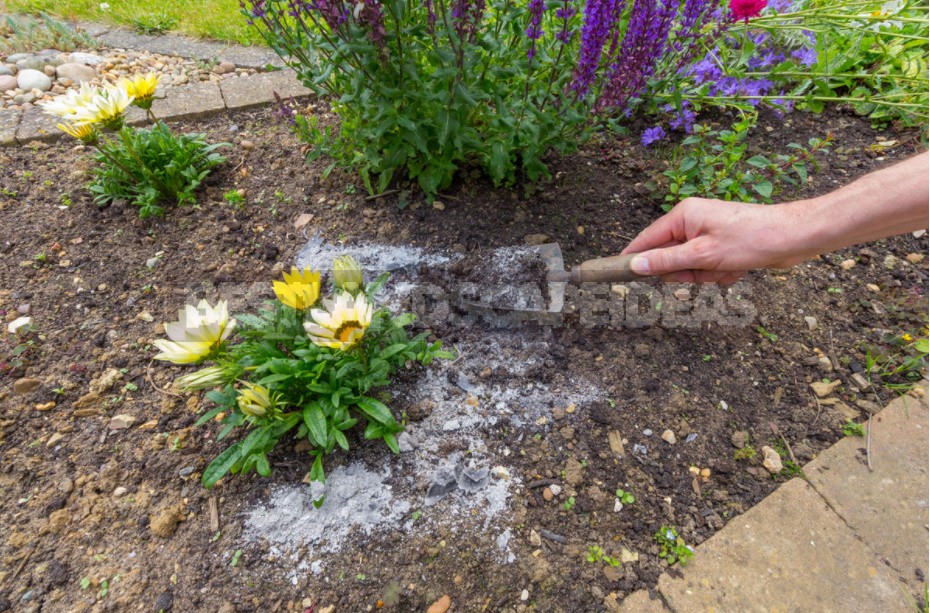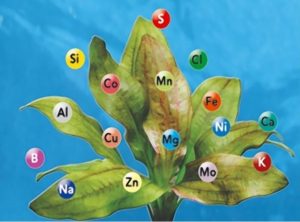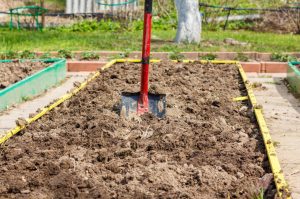
At the disposal of a modern gardener there is a wide range of various fertilizers, but many summer residents successfully use old and time-tested means. Most of our readers have probably heard that furnace ash is a very useful additive to plant nutrition. But not everyone will answer where else this natural product can be useful to a summer resident and whether the use of ash, on the contrary, can cause harm.
From the Neolithic to the present day
No doubt, many will remember the term from the school history textbook — slash-and-burn agriculture. This method of tillage is the most ancient in the agricultural experience of man. It became widespread in the Neolithic era-almost 12,000 years ago. The trees on the site were cut down, burned, the seeds were sown directly into a thick layer of ash, sometimes — in a still warm one. After the crops were sealed with light loosening.

No other fertilizers were used: absolutely all the plant nutrients were obtained from burnt wood residues. The cutting yielded record yields in comparison with arable farming — in the first year after the fall, the return was 5 times greater than on plowing. This method of farming, despite its primitiveness and ruinous for nature, was used in some areas of Europe until the middle of the last century.
Today, gardeners do not arrange fires, moving the garden to a new place every 3 years. But ash — ash from burnt plant residues-is widely used.
Ash composition
Ash is a non-combustible mineral residue obtained by burning organic materials. Ash content — the mass fraction of ash after fuel combustion, depends on the type of the initial fuel material and the method of combustion. Thus, in oil shales, the ash residue can reach 80%, in stone and brown coals – from 1 to 45%, burning peat leaves up to 30%, and wood materials-about 2%. Other plant residues (corn stalks, straw, leaves, etc.) leave behind up to 5% of ash.

What is in the remainder? A lot of things. Although the main nutrient element of plants — nitrogen-is not present in the ash. It is precisely this, being the basis of organic matter, that burns together with carbon, volatilizing in the form of gases-nitrogen dioxide (NO₂) and carbon (CO₂).
And they remain in the ash:
- calcium carbonate (CaCO₃) — the main component of natural limestones and chalk, about 20%;
- potassium carbonate (K₂CO₃) is potash, a pure potash fertilizer, as well as a valuable raw material in production. In confectionery factories, for example, it was widely used in the manufacture of gingerbread. There is also enough potassium carbonate in the ash — 14-17%;
- calcium sulfate (CaSO₄) is a burnt gypsum, a material for the production of alabaster. It is necessary for plasterers, sculptors and orthopedic surgeons. This substance in the ash is about 14%;
- calcium silicate (CaSiO₃). It is dissolved by acids, the content is 16.5%;

- potassium orthophosphate (K₃PO₄). It is well soluble in water, easily absorbed by plants. It is especially appropriate to use it on acidic soils. There are about 13% of it in the ash composition;
- sodium orthophosphate (Na₃PO₄). It is easily dissolved by water and forms an alkali. In the composition of ash, it occurs in an amount of up to 15%;
- magnesium carbonate (MgCO₃) – 4%;
- magnesium silicate (MgSiO₄) – 4%;
- magnesium sulfate (MgSO₄) – 4%;
- calcium chloride (CaCl₂) – 12%;
- sodium chloride (NaCl) – 0.5%.
What is useful for ash
The above-mentioned list of substances indicates that the annoying gray dust, which instantly dirties everything around when cleaning the fireplace or stove, is a solid benefit for plants. Let’s take a closer look — and let’s start with the most obviously necessary element for plants, potassium.

Potassium
The assumption that potassium is an essential element of plant nutrition was first made by Nicolas Theodore de Saussure, a Swiss chemist and biologist. Analyzing the ash from the combustion of various plants, he found this element in the ash every time.
Potassium is necessary for photosynthesis, participates in metabolic processes, increasing the outflow of carbohydrates from leaf plates to other plant organs. This element increases the synthesis of proteins, sugars and high-molecular carbohydrates — starch, cellulose, pectin. There is a lot of potassium in plant pollen: pollen grains of some crops, such as corn, consist of it by a third.

Potassium makes plants more resistant to drought and diseases, improves the keeping quality and transportability of fruits. Furnace ash is a good potash fertilizer, especially for plants that do not tolerate chlorine (cucumbers, potatoes, tomatoes, peppers, garlic, onions, radishes) and acidic soils. Most of the potassium is contained in the ash obtained from the burning of young deciduous trees.
Phosphates
Phosphorus is the second macronutrient in plant nutrition after nitrogen. It is a building material and at the same time a master plan: it is part of 90% of the organic compounds in the plant. And mineral phosphorus compounds are involved in the regulation of chemical reactions of cell juice.

This element makes the fruits brighter, tastier and more fragrant. Potassium orthophosphate is especially to the taste of the inhabitants of flower beds — lilies, roses, chrysanthemums.
All the processes of growth, development and reproduction of a green organism depend on the amount of phosphorus in the diet. In the composition of ash, this element is contained in a form that is easily soluble in water and absorbed by plants. Unlike potassium, there is more phosphorus in the ash from the burning of coniferous species.




Leave a Reply